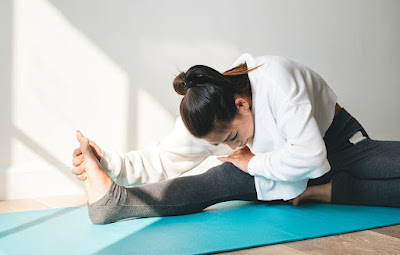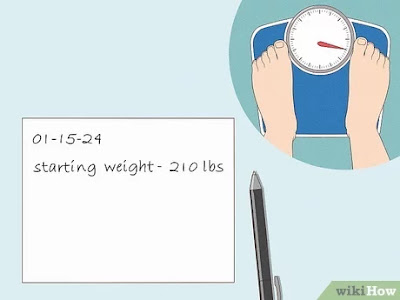Types Of Stretching And Its Benefits
Types Of Stretching And Its Benefits
7 Types of Stretching
1. Passive Stretching:
2. Active Stretching:
3. Static Stretching:
Static stretching involves extending a limb to create a stretch sensation and then holding it for a minute, according to the Hospital for Special Surgery. While "static stretching" and "passive stretching" are often used interchangeably, there’s a subtle difference, Galliett says. Static and passive stretching are similar in that you’re holding a stretch, but unlike passive stretching, with static stretching, you’re in some way supporting yourself in the position of the stretch. For example, if you kneel on the floor and hold a position to stretch out your hip flexor (the muscle in the front of your hip), you’re doing a static stretch. But, “if you lie on your side on a massage table and have a physical therapist pull your leg back to stretch the hip flexor, that would be a passive stretch,” Gillett says. Like passive stretching, static stretching is also commonly done after working out and for relaxation.
4. Isometric Stretching:
Isometric Stretching is a type of exercise in which static muscle contraction (the muscle doesn’t change length) to a static or active stretch, Galliett explains. There’s some force pushing against the muscle you’re stretching. An example is a calf stretch in which you lunge one foot forward, straighten your back leg with your heel pressing down, and push into a wall in front of you with your arms. Typically, you alternate between contracting the muscle for 10 seconds and stretching the muscle for 30 seconds, and repeating for three to six reps. Isometric stretching can be great for people who want to make reasonably rapid advances in flexibility because it sends more signals from the nervous system that tell the muscles it’s okay to stretch further.
5. Proprioceptive neuromuscular facilitation (PNF)
PNF stretching is a technique that incorporates both static stretches and isometric contractions (contracting a particular muscle without moving it). It's generally considered highly effective, although there aren’t many studies looking at the results (Behm, 2016). PNF stretching may be very effective for increasing flexibility and range of motion, but it isn’t appropriate for everyone.
6. Dynamic Stretching:
Dynamic stretching is a type of exercise to moves your muscles through their full range of motion, which helps warm you up for a workout and tells your brain to get ready to move. With dynamic stretching, you’re moving to extend the muscles, Galliett says. Walking lunges, leg swings, torso twists, and much more.
7. Ballistic Stretching:
Ballistic stretching is a type of stretching in which you use the momentum of a moving body or a limb in an attempt to force it beyond its normal range of motion. This is stretching by bouncing into a stretched position, using the stretched muscles as a spring which pulls you out of the stretched position. (e.g. bouncing down repeatedly to touch your toes.) It does not allow your muscles to adjust to, and relax in, the stretched position. It may instead cause them to tighten up by repeatedly activating the stretch reflex (see section The Stretch Reflex).
Benefits of Stretching:
Stretching helps you increase your muscle flexibility. It then allows mobility and flexibility of your body muscles. Mobility of the ability of your body's joint function that move through its full range of motion. when we are up and about, many of us tend to limit ourselves to a narrow range of motion, relying a lot on certain muscles and not calling on others at all. When we stick to a handful of positions, this puts extra tension on certain muscles and can throw our muscles, bones, and joints out of ideal alignment.
Stretching the soft tissues in the back, legs, hamstrings, and hip flexors can improve joint range of motion in the spine, which helps relieve back pain, according to a review published in June 2016 in the journal Healthcare. Flexibility also allows for freedom of movement, which is helpful during everyday activities such as bending over to tie your shoes, vacuuming, and lifting groceries. It may also help you avoid injuries you might sustain from performing an activity you don’t have adequate mobility and flexibility to do safely.




Comments
Post a Comment